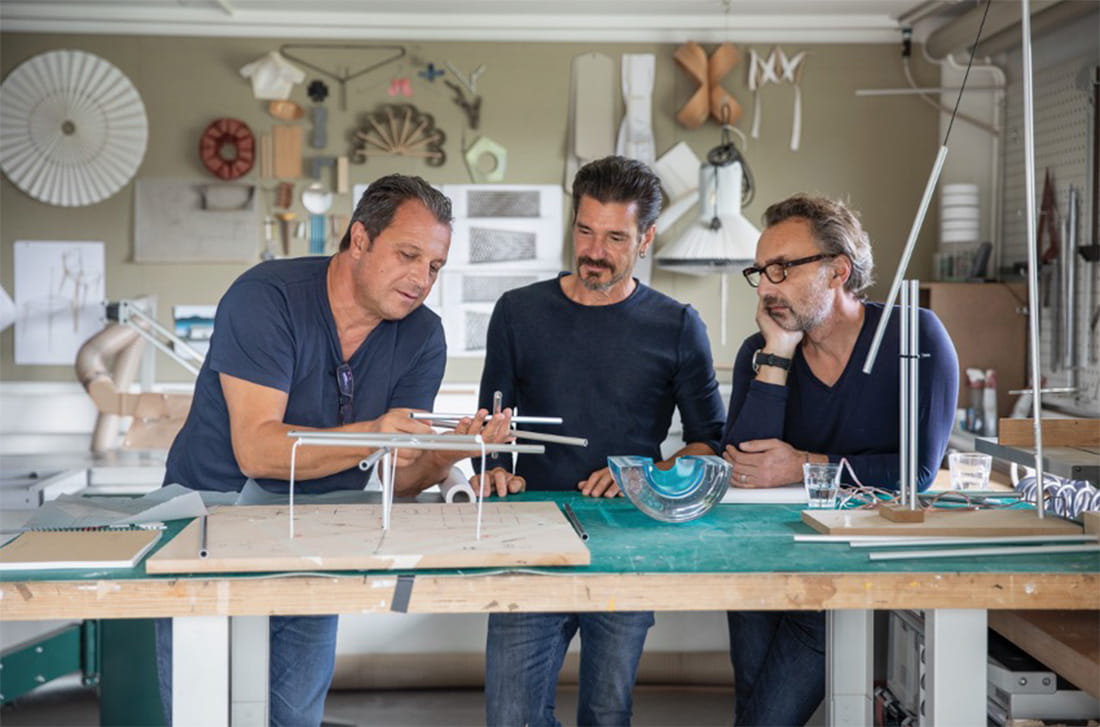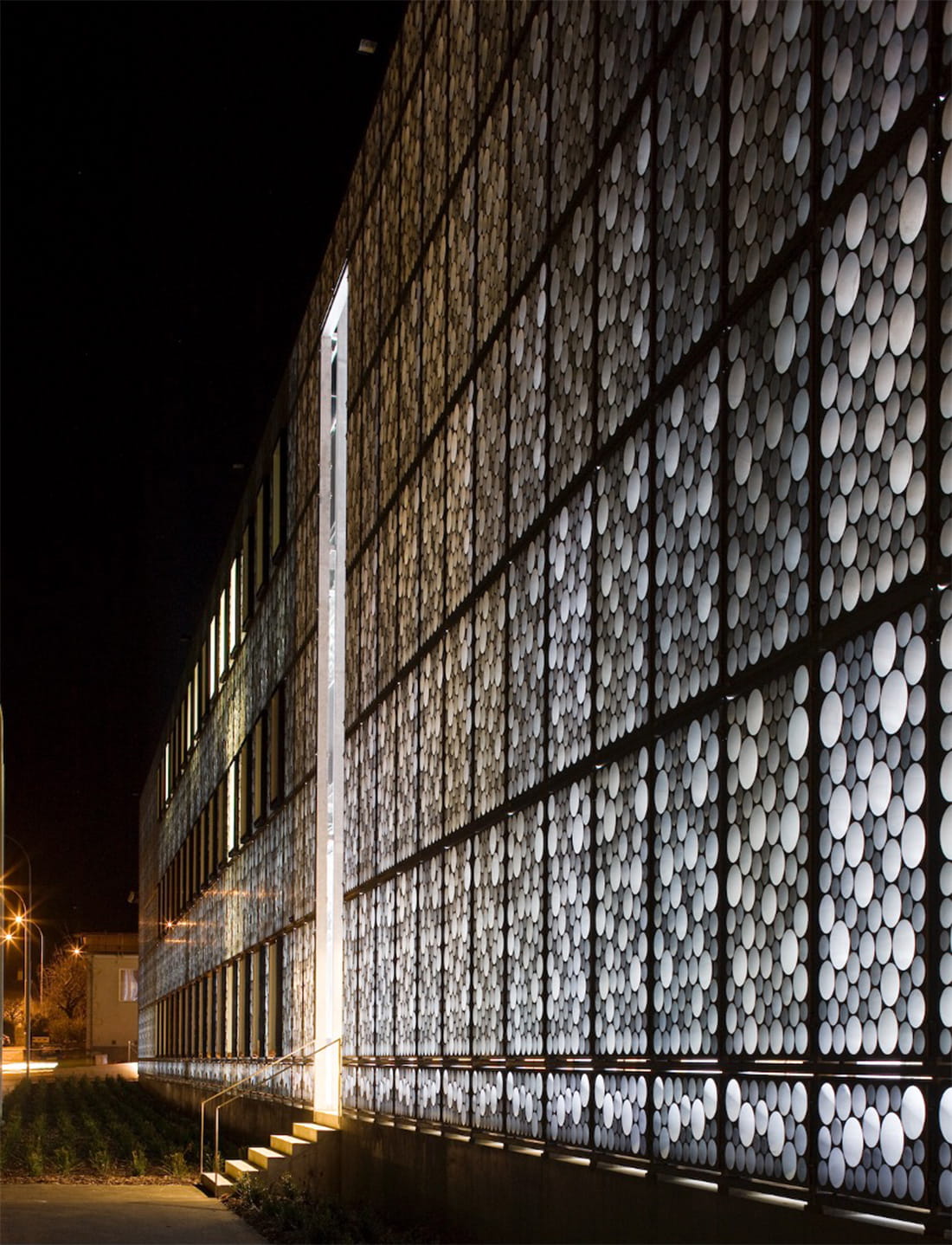INTERVIEW
Patrick Reymond (architect, atelier oï) Drawing attention to the possibilities of sustainability

Courtesy of atelier oï.
Another visitor to the exhibition in Milan was Patrick Reymond from atelier oï, based in La Neuveville, Switzerland. His architectural design studio has designed furniture for Louis Vuitton and worked with leading furniture makers exhibiting at Salone del Mobile. As one of the studio's three founders, Patrick leads the studio and also works as a designer. Having worked on numerous projects in Japan, what were his impressions of RAYCREA?

Photo by Yves André.
“Firstly, I felt the beauty of light. It reminded me of the works of two of our favorite contemporary artists, Olafur Eliasson and James Turrell. I’m familiar with Nitto and have also visited their factory in Toyohashi,” says Patrick. More than anything, he sensed RAYCREA’s “potential in relation to sustainability”.
"At the moment, regardless of the kind of project, it’s important that you address sustainability. Looking at RAYCREA, I felt that if we are able to take a point light source and turn it into a surface light, we can reduce the energy used to produce that light. There are so many other possibilities. By attaching the film to a window, it can allow sunlight through during the day, then provide illumination at night. It would be interesting to link that to a building's activity. There's also the potential to create products or use the technology everywhere from parks to signage and installations.”

Courtesy of atelier oï.
When Patrick saw RAYCREA, it brought back memories of some of his unrealized projects. One was an experiment in reproducing natural light in a shaded space with no windows, which despite being possible in theory, was unable to be realized due to the lack of a suitable material. Another such project was a staircase with a handrail wall that lit up according to people's movements. In these cases, RAYCREA may well have played a role in turning ideas into reality.
“Light is one of the key elements of atelier oï-designed spaces. You could say that light is rooted in our way of life. Our designs are heavily influenced by elements from the natural world, as well as Japanese culture. We believe that the greatest feature of Japanese culture is that it's constantly changing. Nature's influence is a fundamental part of that philosophy. For example, if you use light well, people's movements create shadows, allowing their movements to be visualized. I feel that RAYCREA has the potential to create such effects. It could also be used to create a window of light within a windowless space.”
Patrick is considering the possibilities of incorporating RAYCREA into some of his current projects. And with the technology now undergoing final adjustments, it may not be long before RAYCREA is seen in the architecture of atelier oï.


